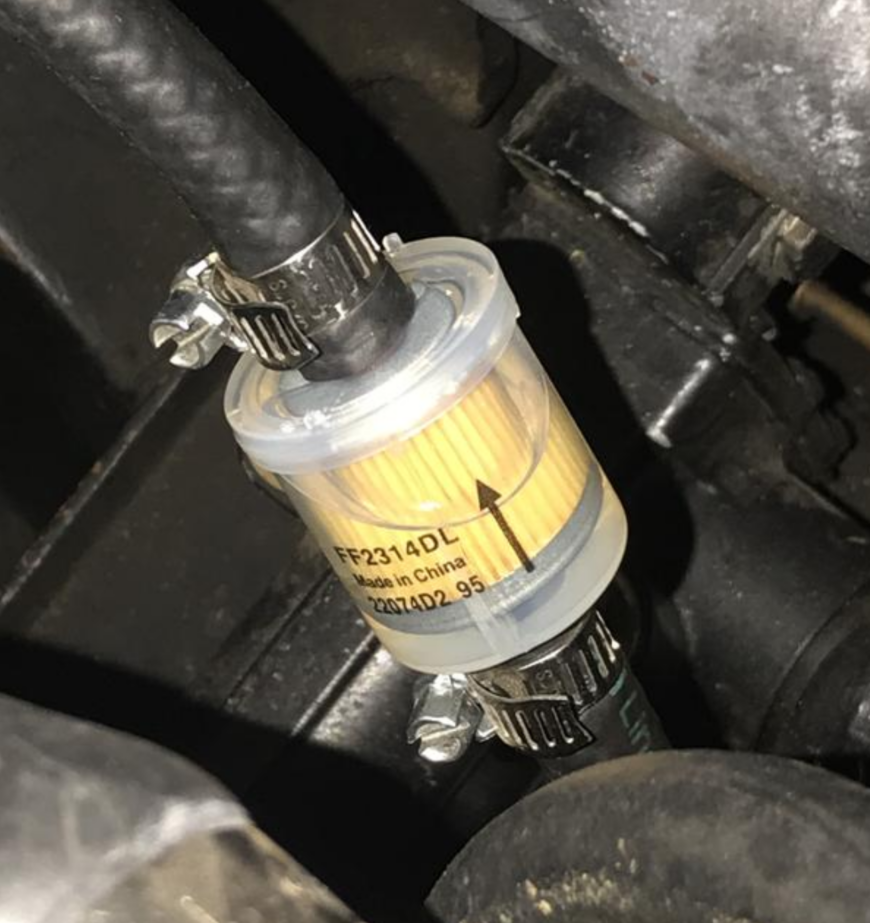Dec . 27, 2024 12:11 Back to list
kia stinger oil filter
Understanding Kia Stinger Oil Filter A Comprehensive Guide
The Kia Stinger, a standout performer in the sports sedan segment, blends powerful performance with stylish design. For enthusiasts and everyday drivers alike, maintaining the Stinger's peak performance is essential, and one of the key components of regular maintenance is the oil filter. In this article, we'll explore the significance of the oil filter, how to choose the right one, the replacement process, and the benefits of using a high-quality oil filter.
The Importance of the Oil Filter
The oil filter in your Kia Stinger plays a crucial role in ensuring the longevity and efficiency of your engine. Its primary function is to remove contaminants from the engine oil, including dirt, metal shavings, and other debris that can accumulate over time. Clean oil is vital for lubricating engine components, reducing wear and tear, and maintaining optimal performance.
As engine oil circulates through the engine, it picks up various impurities. If these contaminants are not filtered out, they can lead to increased friction and potentially cause significant damage to engine parts. A clogged or inefficient oil filter can restrict oil flow, resulting in poor engine performance, higher temperatures, and even engine failure in extreme cases.
Choosing the Right Oil Filter
When it comes to selecting the right oil filter for your Kia Stinger, there are a few critical factors to consider
1. OEM vs. Aftermarket Filters Original Equipment Manufacturer (OEM) filters are designed specifically for your vehicle and generally offer guaranteed performance and reliability. Aftermarket filters can be more affordable but vary in quality. It's essential to research reputable brands if you opt for an aftermarket filter.
2. Filter Type There are two main types of oil filters full-flow filters and bypass filters. Full-flow filters clean all the oil that circulates through the engine, while bypass filters only clean a portion of the oil. Most modern vehicles, including the Kia Stinger, use full-flow filters due to their superior filtration capacity.
3. Filter Material Oil filters are typically made from paper, synthetic fibers, or a combination of materials. Synthetic filters often provide better filtration and durability, making them a good choice for anyone seeking optimal engine protection.
4. Compatibility Always ensure that the oil filter you purchase is compatible with your specific Kia Stinger model year and engine type. Refer to your owner’s manual or consult with a mechanic if in doubt.
Replacing the Oil Filter
kia stinger oil filter

Changing the oil filter is a straightforward maintenance task that can significantly influence your Kia Stinger’s performance. Here’s a simple guide to help you through the process
1. Gather Supplies You’ll need a new oil filter, oil filter wrench, ratchet and socket set, a drain pan, and new engine oil.
2. Prepare the Vehicle Raise the vehicle with jack stands for easy access to the oil pan and filter. Ensure the engine is warm (not hot) to allow the oil to drain more easily.
3. Drain the Old Oil Place a drain pan under the oil pan, remove the drain plug, and let the old oil drain completely.
4. Remove the Old Oil Filter Use an oil filter wrench to carefully unscrew the old filter. Be cautious, as it may still contain some used oil.
5. Install the New Filter Before installing the new filter, apply a small amount of fresh oil to the rubber gasket of the new filter. This helps create a proper seal and makes it easier to remove during the next oil change. Screw the new filter into place, ensuring it is snug but not over-tightened.
6. Replace the Drain Plug Reinstall the drain plug once all the oil has drained and tighten it to the manufacturer’s specifications.
7. Add New Oil Pour the recommended type and amount of new oil into the engine. Check the oil level with the dipstick, adding more if necessary.
8. Start the Engine Run the engine for a few minutes to circulate the new oil and check for leaks around the oil filter.
The Benefits of a High-Quality Oil Filter
Investing in a high-quality oil filter can yield numerous benefits for your Kia Stinger. These include improved engine performance, enhanced filtration efficiency, and increased engine lifespan. Quality filters often have a better design and materials that can withstand the harsh conditions within the engine.
In conclusion, the oil filter is a vital component of your Kia Stinger’s engine maintenance. Regularly changing your oil filter and using a quality product will help ensure that your engine runs smoothly, efficiently, and reliably for years to come. Whether you're a DIY enthusiast or prefer professional maintenance, understanding the role of the oil filter will contribute to your vehicle’s overall health.
-
Best Automobile Air Filter for Engine Protection & Efficiency
NewsAug.27,2025
-
China Brand Car Air Filter | Quality Engine & Cabin Protection
NewsAug.26,2025
-
High-Performance Automobile Air Filter for Optimal Engine Health
NewsAug.25,2025
-
Automobile Air Filters: HEPA, Carbon & New Car Upgrade
NewsAug.24,2025
-
Premium Antiskid Tires: Enhanced Safety & All-Weather Grip
NewsAug.23,2025
-
Best Antiskid Tires: Unrivaled Grip & All-Weather Safety
NewsAug.22,2025


